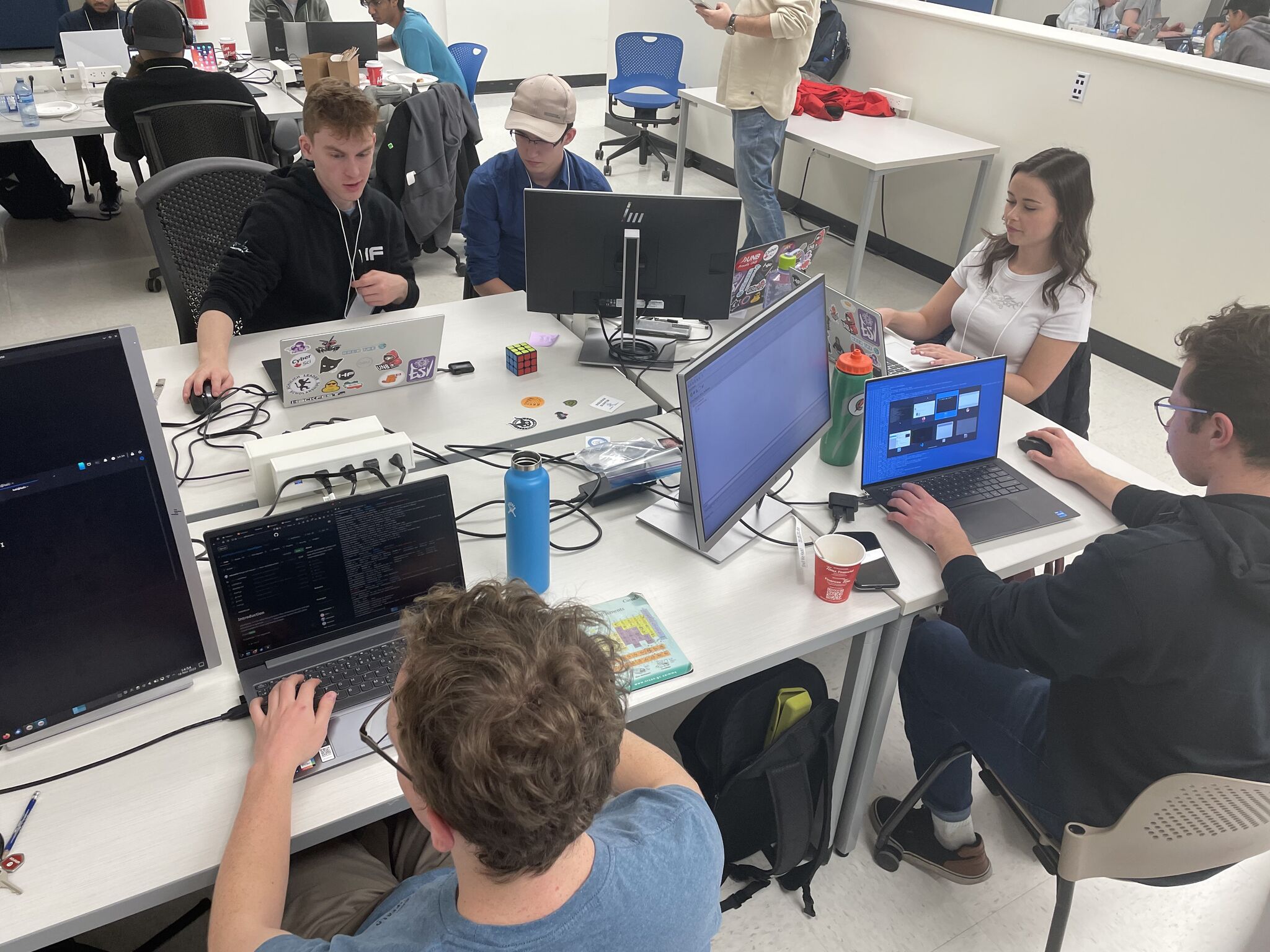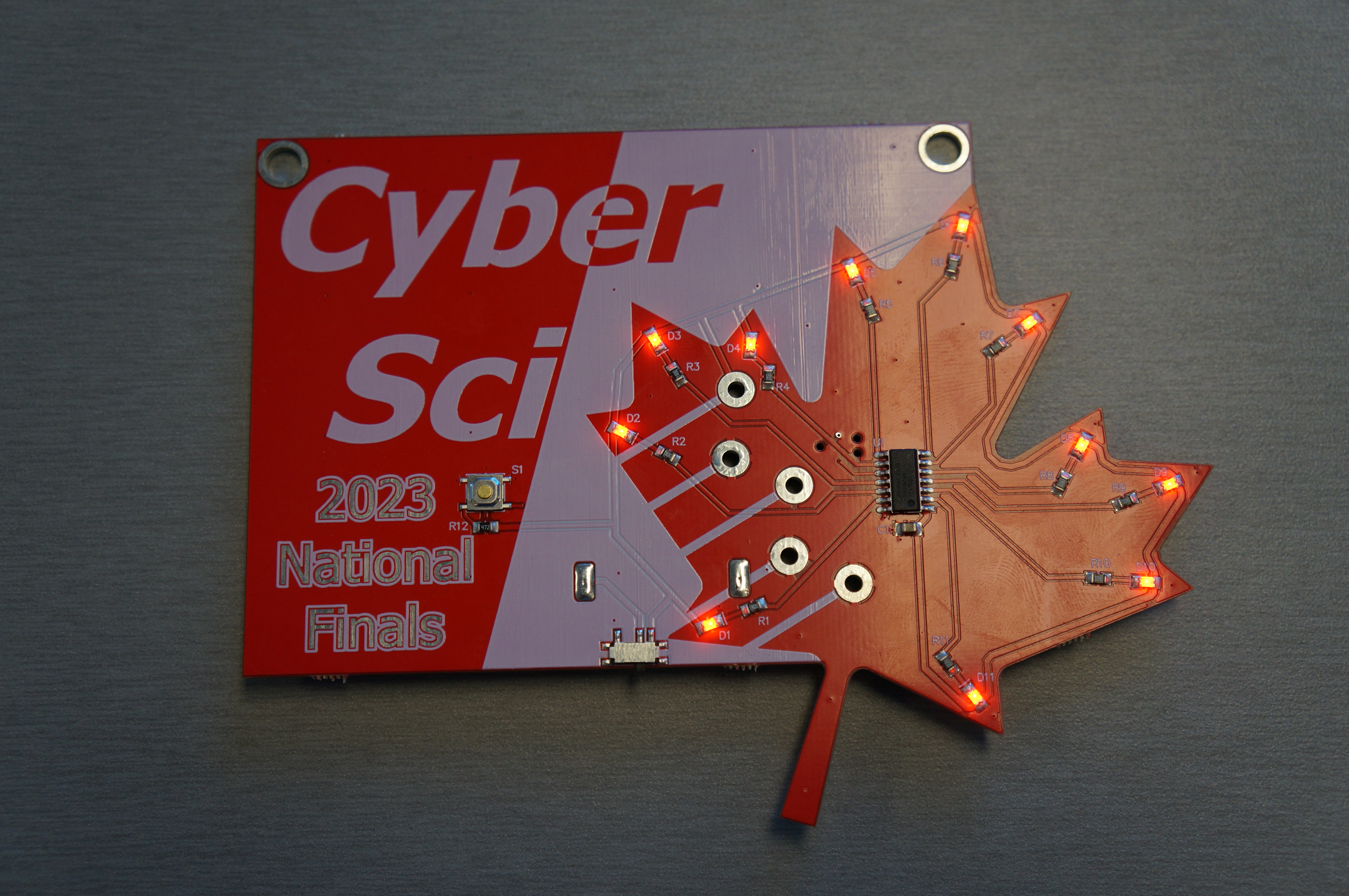CyberSci Regionals 2023: Defence Challenges
This year at CyberSci Regionals, I competed along with the rest of the Shell We Hack? team. The organizers decided to introduce a new category - Defence. In this category, you are tasked with fixing vulnerabilities some given source code. This is very similar to what was seen at CyberSci Nationals 2023 (the summer before this competition).
There were a total of five challenges covering two services. The services were:
- cfp (cfp.tar.gz, three challenges)
- swag-shop (swag-shop.tar, two challenges)
A user interface was provided, which allowed us to launch the attacks one-by-one. This gave us the ability to search logs to help determine where the vulnerability was.
Note: I do not remember the exact order of the challenges, so if you were a competitor, sorry :P



